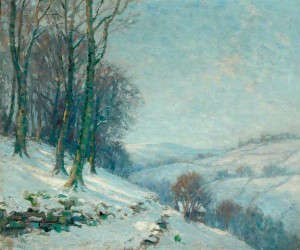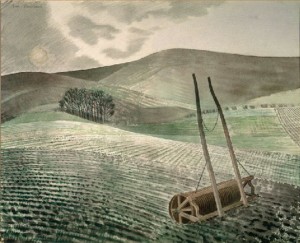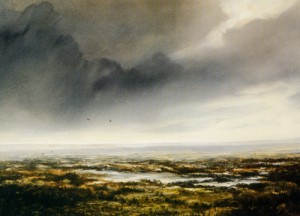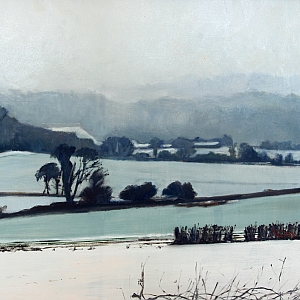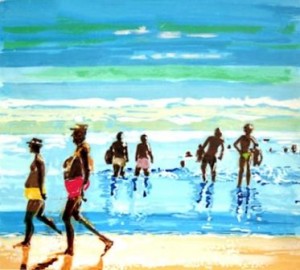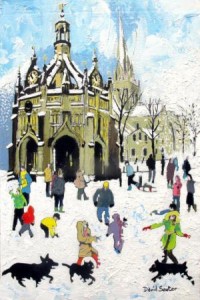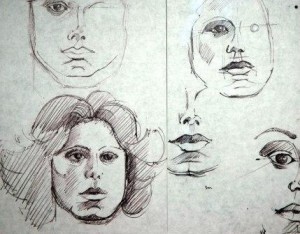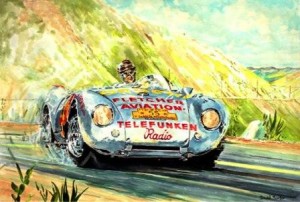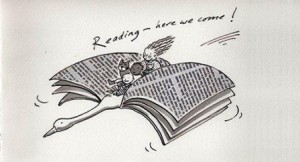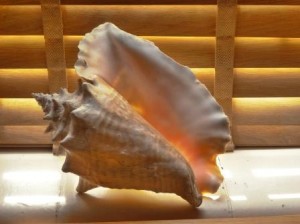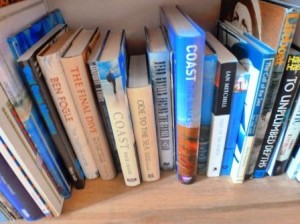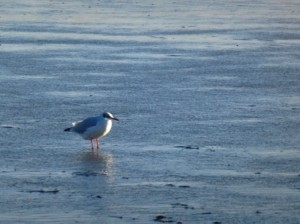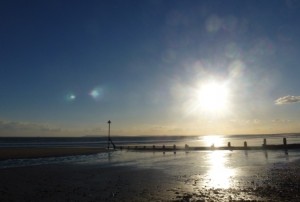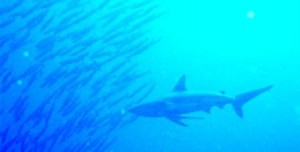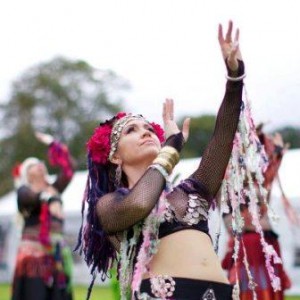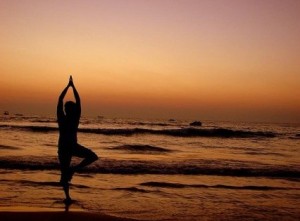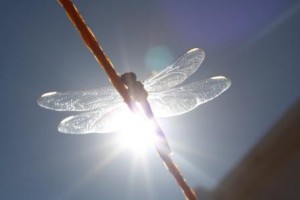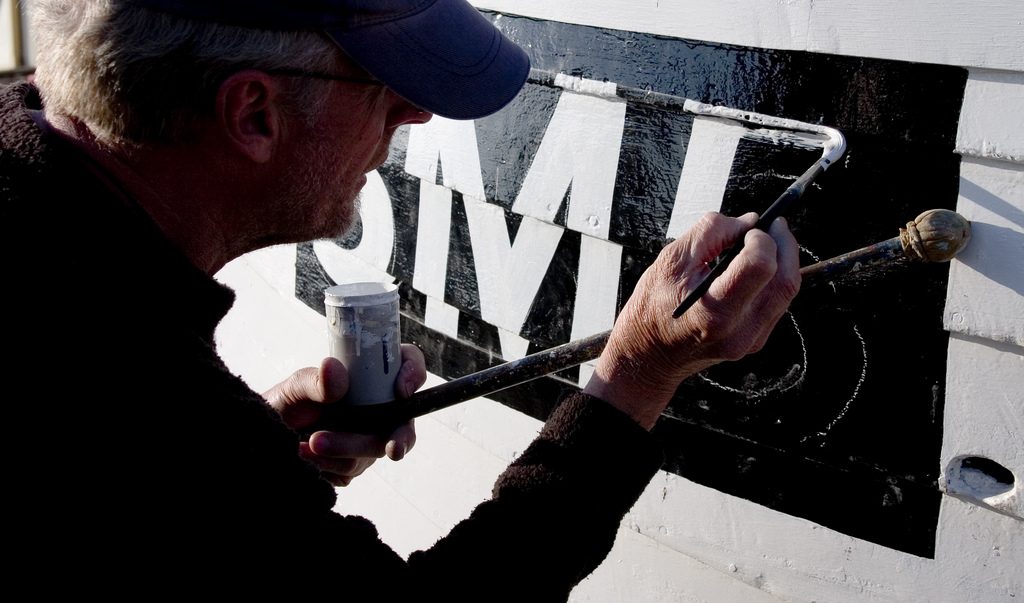 This is a story told along the frosted edges of the last leaves of autumn… Continue reading
This is a story told along the frosted edges of the last leaves of autumn… Continue reading
Tag Archives: art
Hecuba
What’s Hecuba to him, or he to Hecuba,
That he should weep for her?Hamlet, Act II sc ii Shakespeare
Why does the death of someone I did not know reduce me to tears? Continue reading
Do judge a book by its cover
I had an old ruler, a freebie from an advertising company. On its clear plastic length, it read
It’s the Eye that Buys
I can’t argue with that – even for books. But there’s more than immediate appeal,we also say that:
Constantly whistling
My title this week comes from an article in the Guardian about the artist Eric Ravilious, famous for his watercolours of the Sourh Downs. I went to see an exhibition of his more commercial works on Wednesday 16th October at Pallant House Gallery, Chichester. (It’s on until 8th December, well worth a look – and that section of the gallery is free.)
The night before I’d been to see Neil Gaiman read Fortunately the Milk in London. he was asked by tweet where he gets his creative energy from. I’m paraphrasing so it’s not exact but his response was that he enjoys creating.
I should have expected that. It comes over in his exuberance and his mad hair.

Now for the connection with a somewhat obscure artist of the 1930s, whose work is instantly recognisable, distinct and for me a source of delight.
In the exhibition, you can see how Eric Ravilious made little everyday things like letter heads cheerful. His playfulness comes through in the artwork.
And it isn’t just appealing subjects like arcades.
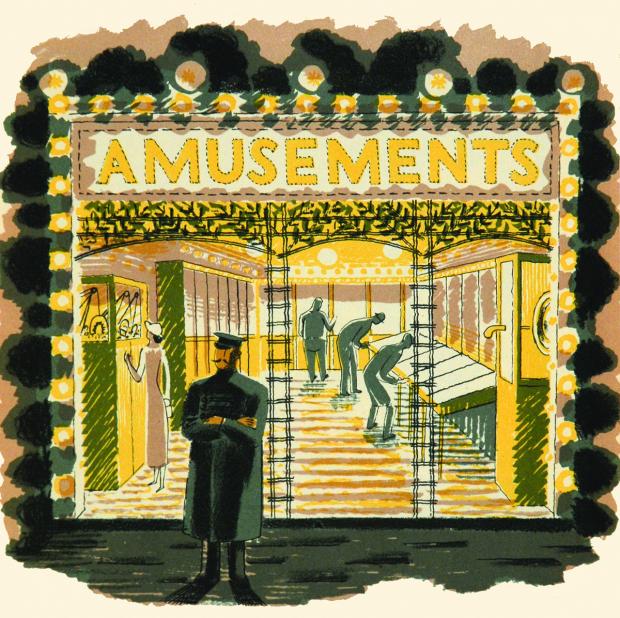
He gives even life in submarines a certain jauntiness. Some of that stems perhaps from his personality – see The Guardian article – yet I suspect something more than just lightness of touch.
There’s more to why he engages contemporary viewers. A sense of ‘interestedness’ in his work. That he took time to observe and delight in the particular. To see specific details in almost anything that set it apart.
An example might make what I mean clearer.
He produced the delightful illustrations in 1938 for ‘High Street’ – a book for children about shops.(A plea to Mainstone Press who publish lovely books including collections of Ravilious’s work – please could they redo this one in a format a poor writer can afford!)
They are in some ways generic – typical of all shop fronts. I would guess a woman from Kyoto could look at them and see something recognisable. Yet they each have exact and carefully rendered differences apart from the obvious names and articles for sale. He hasn’t done a visual copy-and-paste. He’s looked for interesting bits to put in.
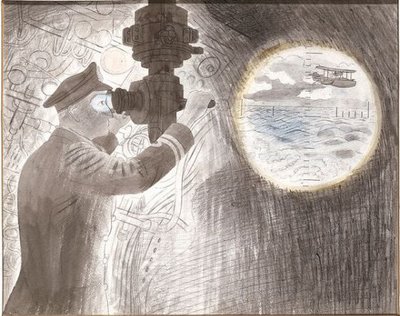
I would imagine they come from lots of sketchbooks – and that the finished works are a mixture rather than an exact reproduction of any one real scene.
I see that as a metaphor for good, enjoyable writing. We look for the specific and the interesting to give life to our work. We get a buzz from observing and then assembling all these snippets and sketches in pleasing forms. Same as any creator, I suppose.
And I think of the era in which he was creating. Of how he was lost at sea near Iceland in September 1942. He wasn’t making superficially jolly work in easy circumstances.

A Ravilious woodcut showing the Long Man of Wilmington – and Taurus.
That’s what the best of creativity does: it finds and produces beauty wherever we are. It brings hope.That has to be a source of joy.
Snow simplifies
I’ve been visiting Art Galleries a great deal this last year- a pursuit I intend to keep up in 2013. One of the things I do there is to observe which works have an emotional appeal for me. I try, as best I can, to get over whether I ‘ought’ to like something or not, and go for the immediate heartfelt response. Recently, I have noticed I am drawn to winter landscapes.
I believe it is the plainness: the almost abstract simplification of the landscape down to its bare bones. There is not much in the way of colour to distract, and the purity of line comes through powerfully. The artworks I love manage to convey a precise place and mood through very little.
I like to believe it’s the Northernness in my soul that swells up when I see a broad expanse of pale moorland, that some flicker of Viking inheritance glows when I feel the thrill of the bleak and the bare. Truth told, I don’t want to be out there for too long – but I do love walking by the winter sea or in breezy leafless woods.
And I aspire for my writing to reflect that. Not just my love of such things – but for the stories to be strong and bold enough that they don’t need prettiness.
It’s ambitious – I am all too much of a magpie, easily seduced by the sparkly and the curious. But it’s wise to dream. To see, at least in my mind’s eye, a perfect sparse and bold image.
Which season does your writing favour? They all have their magic.
Words and Pictures
On Tuesday, I had the pleasure of visiting the Oxmarket Centre of Arts in Chichester. It’s well worth a look as there are constantly changing exhibitions. I was interested the work of a local artist David Souter for the seamagic.org website as he paints a fair few sea scenes.
Luckily, he was there (with his delightful little dog) and we got talking. I was struck by how much of his practice as a painter chimed with mine as a writer.
He said his finished works were each a jigsaw, a fitting-together of imagination and observation. That’s what writers do, observe and then fit their understandings into a given shape. It’s the imaginative structure that holds those pieces together.
He felt the real work was in the sketches beforehand and the actual painting didn’t take him long at all. I’m not at that stage, it takes me a fairish while to write a novel, but I certainly find the repeated exercise of my craft is essential. Little notes, pen sketches and the like drawn from life feed the larger work.
Many of his scenes were recognisable places. Others were creative amalgams. He was honest and unapologetic about re-arranging people and sometimes other elements to suit the composition. That’s what I’m doing right now: I’m editing a first draft to bring out the shape. Some characters will move, some will blend and others may well get painted out. The overall shape, the arrangement of different elements, is what brings pleasure to the reader – or the viewer.
A final aspect that tallied was his desire to create a sense of movement in his work. His images are not static. There is a sense of a before and an after – we are seeing something happening – not just posed. I suggested that this was how writers approach character: we show the person doing something in order to convey them to the reader – we rarely describe them at a standstill.
I found this cross-fertilisation from one art to to another quite a tonic. I wonder what my readers think?
#seamagic
On the weekend of 14th -16th September I went to the CWIG conference at Reading. One of the many good ideas I took home was the concept of the collaborative blog. (I am indebted to Susan Price and The History Girls for this.)
What are the advantages of shared bloggery?
- more variety for the reader
- more frequent posts for the reader
- less taxing for each individual contributor
- more readers will come – the followers of the various contributors
What might it involve?
Ideally we would want 28 contributors to do one post a month ( as do the History Girls) – the extra days could be covered by guest posts. We could start with one post a week and review in the New Year – or we could trial one-a-day on a rolling basis and see how that turns out.
Who takes charge / takes the flak?
I am offering myself as curator in the first instance. I read and research voraciously about the sea and I am willing to edit and post on a simple site.
MANIFESTO
- all posts will reflect delight in the sea
- all posts will be suitable for fluent readers – no swearing, no talking down
- writing and artwork in the widest variety of forms will be welcomed – poetry, reminiscences, jewellery, photography, folklore, flash fiction, stained glass…
- concise and attractive posts will be preferred
- all images will be licensed, Public Domain or copyright to the poster – Creative Commons are encouraged
- follow & use the Twitter hashtag #seamagic
- ask to join the seamagic facebook group
- email me: kmlockwood AT hotmail.co.uk
- tell anyone you think just might be interested
- NO commitment yet
- your thoughts are very welcome
- it’s not about direct sales – but contributors can link to their own sites/ books/artwork
The Heart of Lightness
(dedicated to the Music Room Poets and all my other creative friends)
In the last week I’ve been think about the core of things a great deal.
I thoroughly enjoy my belly-dancing classes and here we work on our cores so that we can do two contrasting things at once. It’s a little like patting your head and rubbing your belly at the same time. We might do snake arms as a slow and sinuous pace whilst shimmying our hips fast enough to make the coins on our hip-scarves jingle. Lots of concentration involved for me.
I also go to yoga – and core strength is central here too (pun intended). By engaging the core, you can develop flexibility, say, in bridge pose to loosen the spine safely – but you can also use it to increase your focus in a balance like tree pose. The key is not to force but to allow a posture to come.
This last weekend I was at West Dean for a magical poetry workshop led by Philip Wells. One of the themes I picked up on was the core of engagement with each other and our creativity. On one hand, I need to open up, allow myself to be vulnerable – but on the other hand, I have to respect my own truth as I do that of others. Somehow I want to show sensitivity to others without that horrible inhibiting self-censorship: that’s me back to doing two opposing things at once.
In my understanding , the physical core and the creative are intimately connected. It doesn’t matter if it’s dance, painting or writing novels. By sloughing off my outward shy and sometimes cynical outer shell, I can let something new, trembling but truthful emerge. It takes courage – ‘coreness’ – to do that ( I think of Chaucer and hir corages ).
How do you centre yourself?
Dragonfly
I crack my sternum:
The imago pulses,
A skin sinks in the pond.
K. M. Lockwood September 2012


